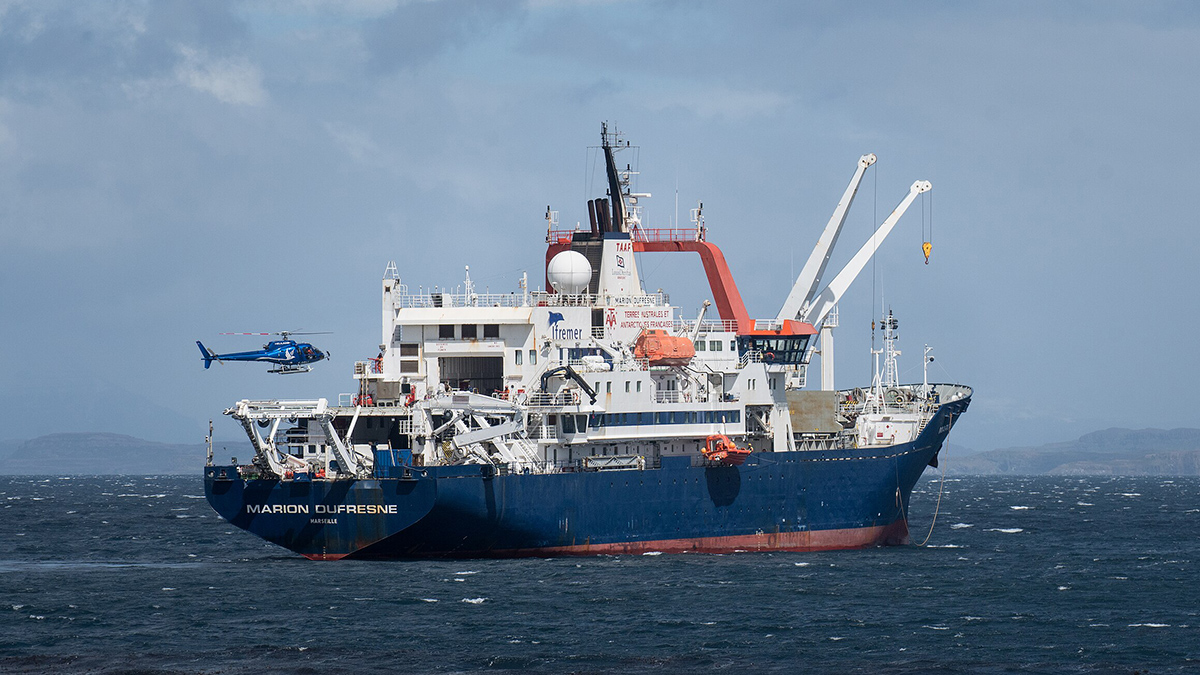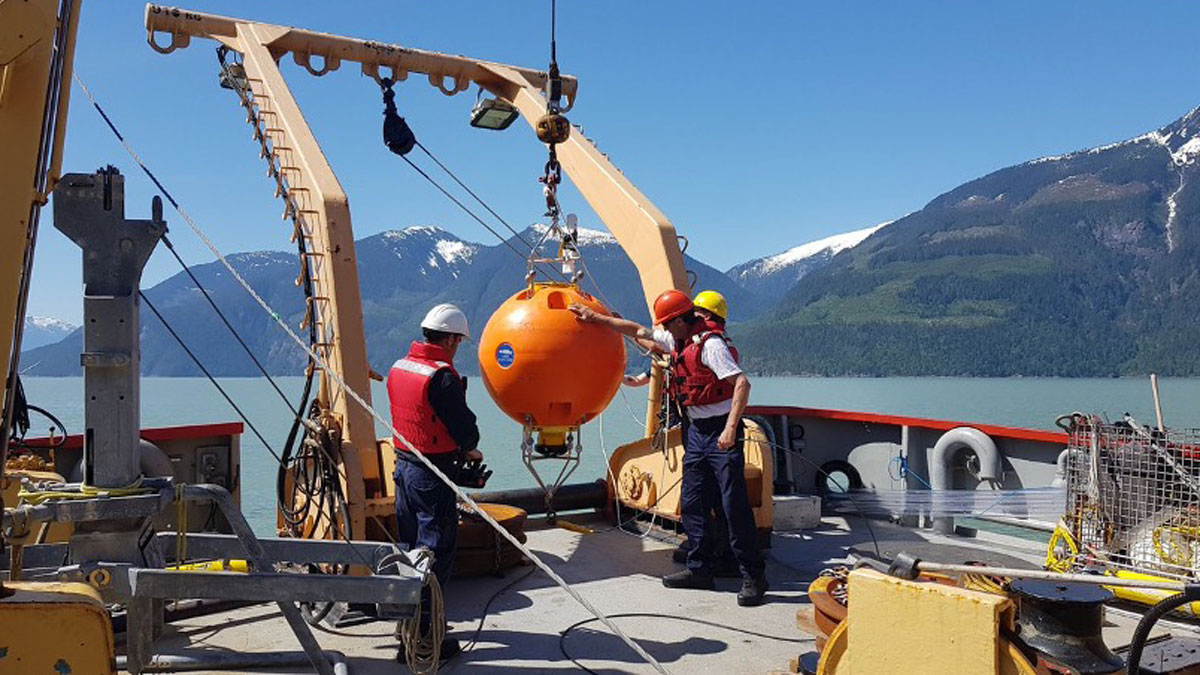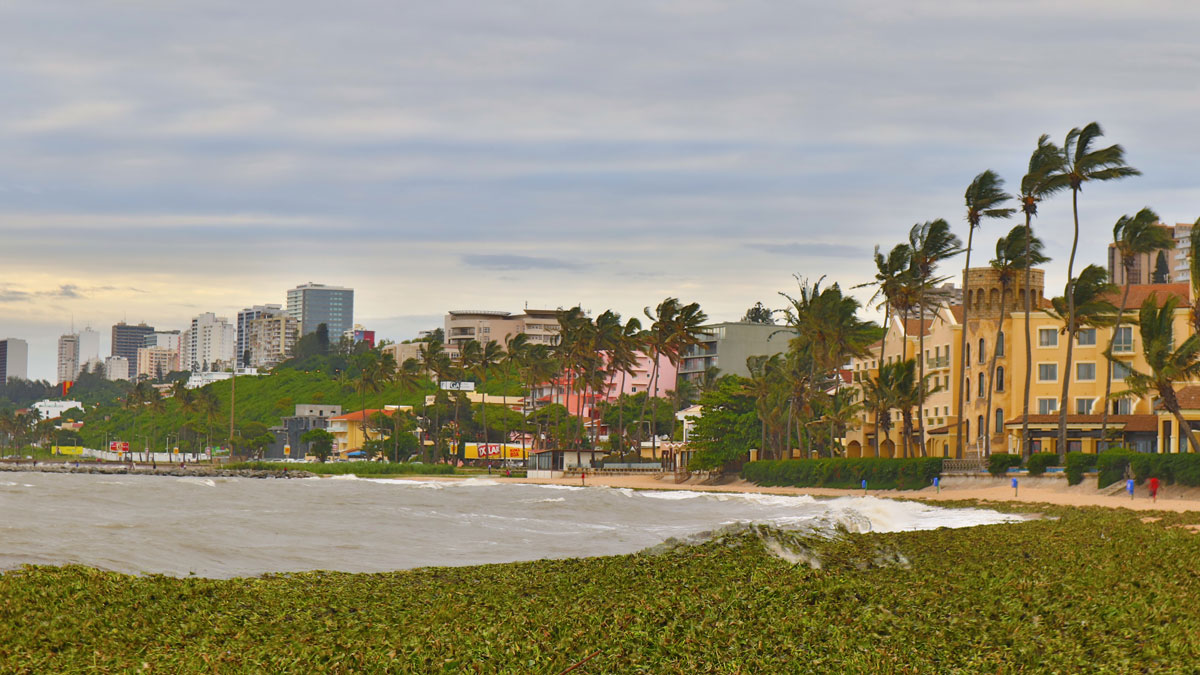During a voyage off the east coast of Africa, researchers collected detailed measurements of massive swirling currents that affect regional ocean conditions and fisheries.
Mozambique
Posted inNews
Scientists Are “Gobsmacked” by the Variability of Seafloor Currents
The speed and direction of deep currents off Mozambique’s coast are more subject to change than scientists expected.
Posted inNews
Severe Storms Expose Ill-Equipped Weather Stations in Southeast Africa
The lack of infrastructure is preventing scientists from robustly reporting meteorological information as well as communicating warnings about hazard-prone areas.



